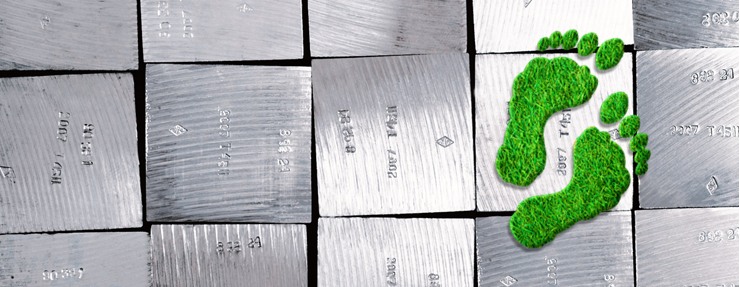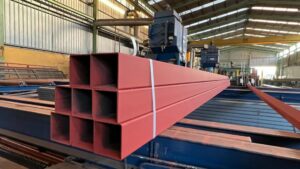The premium on nickel contracts traded at LME and ShFE should largely disappear in the short-term thanks to Tsingshan’s technology promise to mass produce nickel matte, says ING Economics.
Last week’s announcement that Tsingshan found a way to make nickel sulphate by converting nickel laterite ores to nickel pig iron (NPI) and then further to nickel matte could be a “game-changer,” says Wenyu Yao, senior commodities strategist at ING.
That’s because the nickel supply chain could be moving from a “bifurcation” to a “re-marriage,” she says. In other words, the so-called Class 1 nickel (mostly used in battery manufacturing and exchange-traded) and Class 2 nickel (mostly used in stainless steel) would be in direct competition and there could be pricing convergence.
Lower nickel prices will translate into lower surcharges for specialty steel producers – particularly stainless producers
“The underlying dynamics between the Class 1 and Class 2 markets have been driving price differentials among different products,” Yao continues.
Fast-growing NPI capacity, mainly from Indonesia, has been driving strong supply of Class 2 nickel, while there’s a shortage of nickel sulphate due to strong demand from the battery sector. As a result, nickel sulphate has been trading at a premium versus both NPI and refined nickel, Kallanish notes.
“However, if the new methods that Tsingshan developed can be widely applied to produce matte and further convert to sulphate, we could see a convergence of Class 1 and Class 2 pricing (based on nickel content),” she forecasts. “Until a new market equilibrium is found, exchange-traded nickel looks bearish in the short term.”






